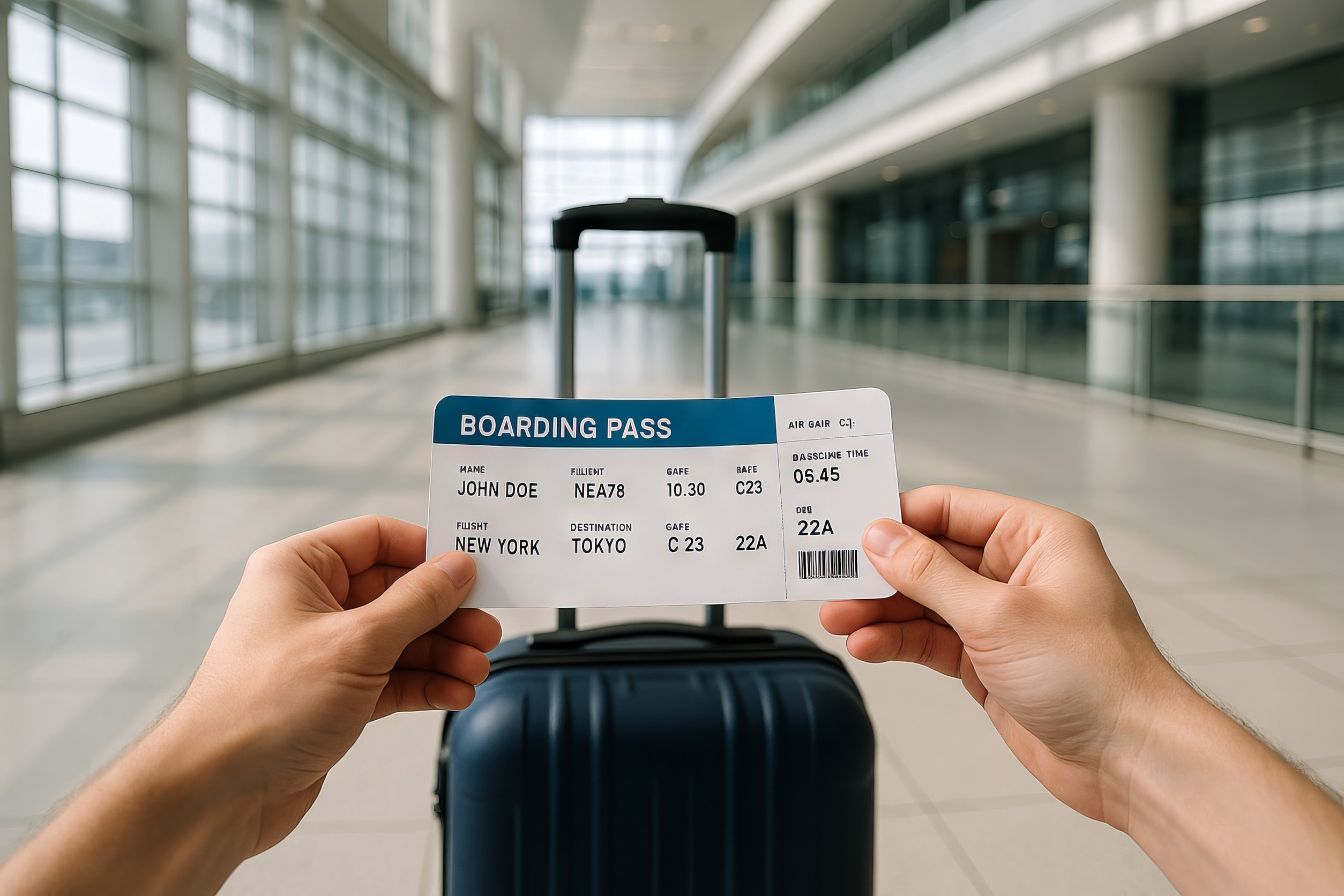Every photo tells a story—but sometimes, it tells the wrong people too much. In today’s hyper-connected world, millions of photos are uploaded daily without a second thought. While they may seem harmless or mundane, certain details in these images can offer criminals all the information they need.
From addresses and expensive gadgets to daily routines and security vulnerabilities, one snapshot can open the door to danger. Here are ten seemingly innocent photo types that reveal far more than intended—and why that should matter.
1. A House Number in the Background
A simple house number, clearly visible behind someone smiling on their porch, can be all a criminal needs. When combined with other details like a geotag or recognizable neighborhood landmarks, it can quickly lead to a full address. Once an address is known, bad actors can scope out the property or time their actions around the owner’s schedule. Even if geotagging is turned off, visual clues often do the job just as well. It’s a quiet exposure—one that slips past most people’s radar.
2. Reflections in Windows or Mirrors
Glass surfaces often betray more than the photographer realizes. Reflections can show layouts of interiors, expensive equipment, or people standing nearby who weren’t meant to be in the frame. In some cases, reflections from windows or mirrors have revealed security codes, alarm systems, or even street signs outside. Criminals with a sharp eye can analyze these elements and piece together a surprisingly complete picture. It’s a stealthy source of information that’s easy to overlook.
3. Photos of New Tech or Luxury Items
Proudly showing off a new car, gaming setup, or high-end watch can have unintended consequences. These images signal financial status, potentially making the poster a target for theft or fraud. If the background includes a driveway, garage, or home interior, it can also give away information about access points or lack of security. Even without location data, repeated posts can narrow down where someone lives or frequently visits. Criminals look for these cues like a shopping list.
4. Boarding Passes and Travel Documents
It’s common to post a snapshot of a boarding pass or passport before a big trip. But these documents contain sensitive information like full names, flight details, and even booking codes that can be exploited. A criminal can use this data to access travel accounts, track when someone is out of town, or even alter reservations. Combined with a timestamp and departure time, it’s clear when the home will be empty. It’s a welcome mat for burglars, wrapped in excitement.
5. Children’s School Uniforms or IDs
Back-to-school photos are a yearly tradition, but they can expose too much. School logos, name tags, or ID cards make it easy to identify the child’s exact school and grade level. With that information, a bad actor can impersonate a guardian or create a believable fake identity. It also helps stalkers or predators locate children in the real world. What seems like a proud parent moment can quickly turn into a security risk.
6. Visible License Plates
A car parked in the background might have a license plate fully visible. With the right tools or connections, that number can be used to pull up registration details, including home addresses. Some criminals use license plates to track high-value vehicles and plan thefts accordingly. Others may target the owner directly if the vehicle is tied to a social media account. A license plate in a photo is more than a random number—it’s a link to a real identity.
7. Inside Views of the Home Layout
Photos taken indoors often reveal the layout of a home, including entry points and where valuables might be located. A picture meant to show a new renovation or furniture can accidentally display alarm system placements or camera blind spots. Criminals analyzing these images can plan how to navigate the space and what obstacles they might face. Even small details like door locks or window styles can influence how a break-in is executed. It’s the kind of intelligence that can be gathered without setting foot inside.
8. Posting While on Vacation
Sharing vacation photos in real-time announces one thing loud and clear: the house is empty. Even if no location tag is attached, the scenery and timestamps usually give it away. For burglars, this kind of post is a green light to strike while no one’s home. It’s even more dangerous if previous posts have revealed the address or neighborhood. What starts as a way to share joy becomes a digital beacon for opportunity.
9.Geotags and Location Data
Many smartphones embed GPS data into photos by default, even if it’s not visible in the post itself. Apps and platforms often pull this data to add location tags or maps to content. If this metadata isn’t stripped before posting, it can give away precise coordinates of where the photo was taken. This can lead directly to a home, workplace, or a child’s school. It’s an invisible risk hidden in every snapshot.
10.Daily Routine Clues
Photos that show regular activities, whether it’s a morning run route, favorite café, or school drop-off spot, can form a pattern. Criminals can use these patterns to determine when a person is away from home or predict their schedule. This kind of information is especially valuable for stalkers, burglars, or identity thieves. Even harmless-seeming posts like “on my usual jog” or “every Monday night at the gym” build a timeline. It’s a slow leak of routine that, over time, can be used against someone.
Think Before You Post
Photos have the power to connect, inspire, and document—but they also have the power to expose. In a world where data is currency and eyes are everywhere, even an innocent post can become a liability. These hidden risks don’t mean people should stop sharing altogether, but awareness is the first line of defense. Each image shared online is a choice—one that can either guard privacy or erode it.
What are your thoughts on photo privacy? Leave a comment and share your perspective.
Read More
6 Tips for Photographing Kids Who Refuse to Sit Still
8 Innocent Actions That Could Be Helping Someone Track You


